Let’s be honest – making a mark for your brand can be challenging.
With an overwhelming number of choices available, finding ways to stand out amongst the similar features and benefits offered by other solutions is crucial.
Positioning your product correctly and appealing to your target audience can become the key to surpassing the competition and emerging as a category leader.
In this article, we will explore some effective strategies to define your unique value proposition, identify your ideal customer, and craft a messaging framework that resonates with your target audience.
SaaS positioning refers to the way a product or service is presented and described in the market, emphasizing its unique value to the target audience.
Positioning aims to differentiate a SaaS product from its competitors.
Essentially – how is your product different than the other(s)?
Successful positioning should highlight the product’s unique value proposition, tailored to resonate with the target audience.
To create an effective SaaS positioning strategy, it is crucial to avoid mistakes like simply listing features or functionalities, making direct comparisons with competitors, using generic language, or focusing solely on price.
It’s essential not to confuse SaaS positioning with product narrative and messaging. SaaS positioning signifies the brand’s position and its exact location in the market.
Therefore, SaaS positioning is a building block for well-aligned communication, sales, and marketing efforts.
Ensuring that your product positioning is clear and resonates with your target audience is critical.
You must understand and be able to clearly articulate who you help, the problems you solve, and how your product functions.
Start by asking:
The ability to provide concise and direct answers is an indicator of your positioning’s clarity.
Vague answers to the first question, which suggests your positioning is too broad.
Jumping to describe the solution instead of focusing on outlining the problem as clearly as possible during the second question.
In either case, you likely have a positioning issue.
To further examine your positioning and detect potential discrepancies or lack of alignment, consider distributing a questionnaire to stakeholders in various sectors of your organization.
Request them to respond to the three questions mentioned above and compare their responses with yours.
Many SaaS businesses make the mistake of marketing their product’s features instead of addressing their customer’s needs and problems.
While showcasing your product’s capabilities is important, the primary focus should be on how your solution can resolve customer pains and improve their lives.
Consider reworking your messaging to communicate the value and benefits your software can bring to the user’s life, rather than just listing its features.
A common positioning issue arises when software tries to be everything for everyone.
By expanding the list of features and tackling too many problems, your software loses its core identity and may become less appealing to your target audience.
Instead of being everything for everybody, work to provide a specific solution for your target customer group.
It’s essential to choose a problem that’s both profitable and worth the customer’s time and effort.
There are problems people aren’t willing to pay for or migrate to a new solution for, such as minor inconveniences or issues that require substantial effort.
Ensure that your software offers significant value and addresses a significant pain point for customers.
Targeting the right problem and customer base will improve the likelihood of success and user adoption.
This strategy focuses on setting a price point that defines the product’s market position.
Companies using pricing-based positioning may compete on being the most affordable option, or conversely, position their product as a premium option with a corresponding higher price.
Example: Zoom
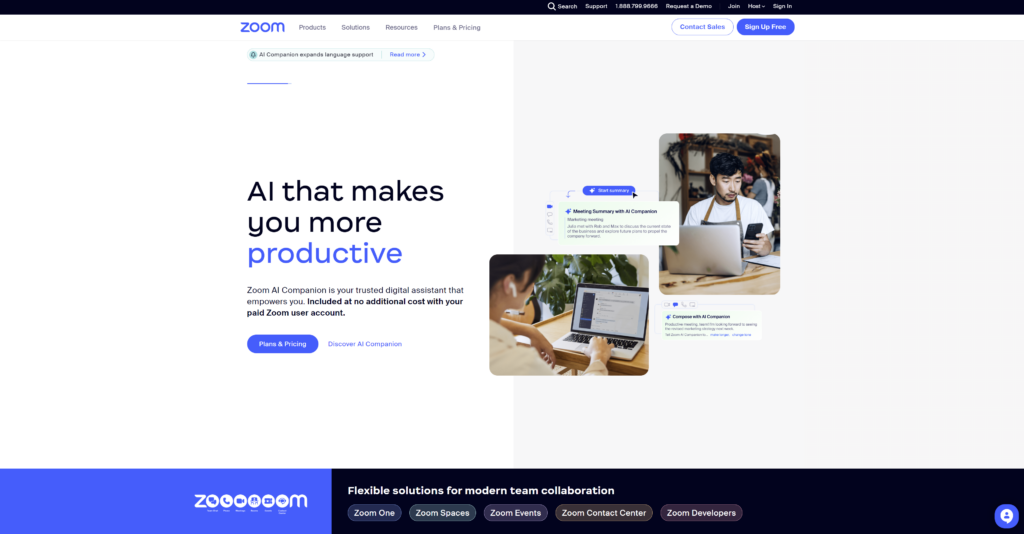
Zoom entered the video conferencing market with a freemium model that provided substantial value over the free versions of competitors.
The pricing strategy included a free tier with 40-minute meetings that attracted individuals and businesses.
Their paid tiers are competitively priced, especially for small to medium-sized businesses, which helped them gain significant market share.
Quality-based positioning is used by SaaS companies that emphasize the superiority of their product in terms of performance, features, or reliability.
They position themselves as the best-in-class option, often justifying a higher price point due to the increased value delivered to the customer.
Example: Adobe Creative Cloud
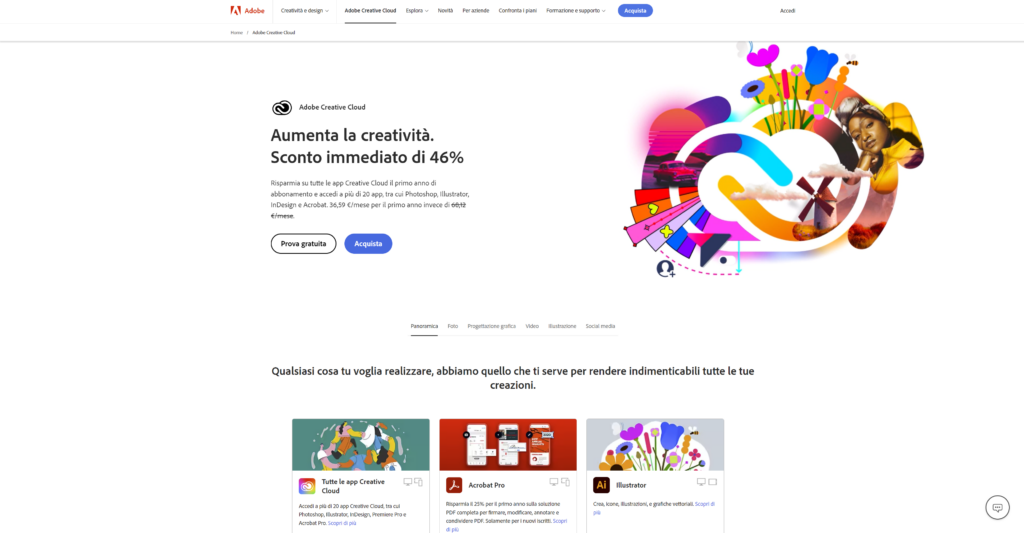
Adobe positions its Creative Cloud suite as a premium offering with high-quality, professional-grade tools for creatives.
The quality of their software in terms of features, reliability, and integration across different applications justifies their higher price point and cements their position as the go-to professional suite for designers, photographers, and other creatives.
This positioning emphasizes outstanding customer support and service.
SaaS companies that adopt this strategy focus on providing exceptional post-purchase support, personalized services, and a customer-centric approach to differentiate themselves from competitors.
Example: Salesforce
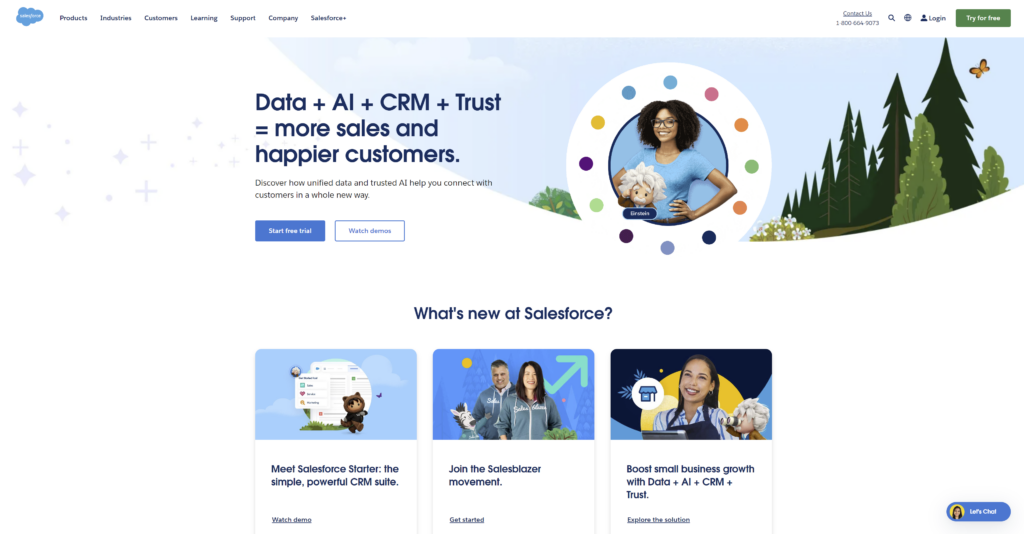
Salesforce is known for providing exceptional customer service and support.
They offer a comprehensive onboarding process, 24/7 support, extensive training materials, and user conferences.
Their success is not just in selling products but also in ensuring that customers can use them effectively.
This strategy involves tailoring a product to meet the specific needs of a particular group of users or industry.
SaaS companies utilizing this positioning often customize their marketing, features, and user experience to resonate with a niche market or demographic.
Example: Canva
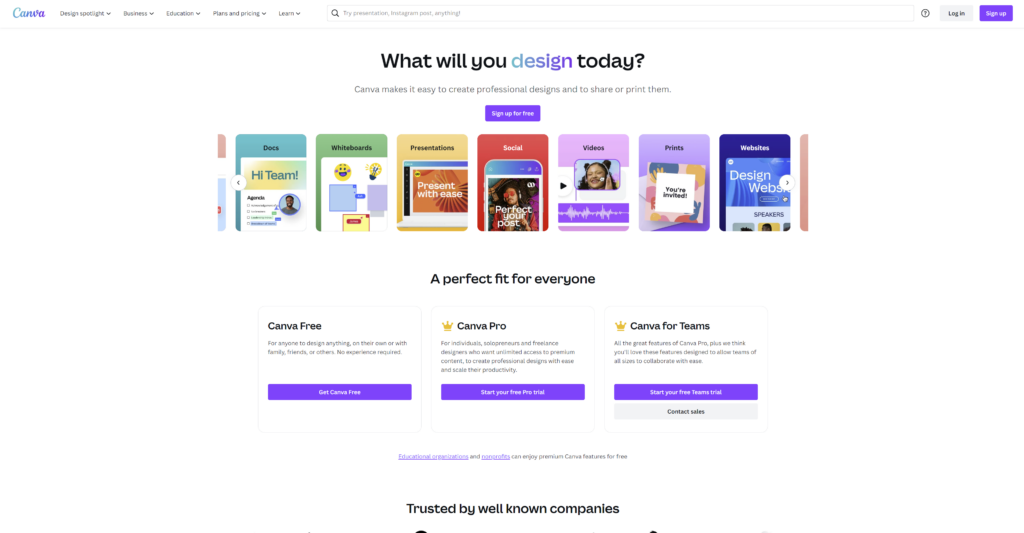
Canva is targeted at non-designers looking for an easy way to create professional-grade graphics.
Unlike other design tools that cater to professionals with deep knowledge of design principles and software, Canva simplifies the process, enabling teachers, small business owners, and social media managers to produce designs without needing a background in graphic design.
Differentiation-based positioning requires a company to identify and communicate unique features or benefits of their product that set it apart from the competition.
This could be through innovation, unique functionalities, or a unique approach to solving market problems.
Example: Slack
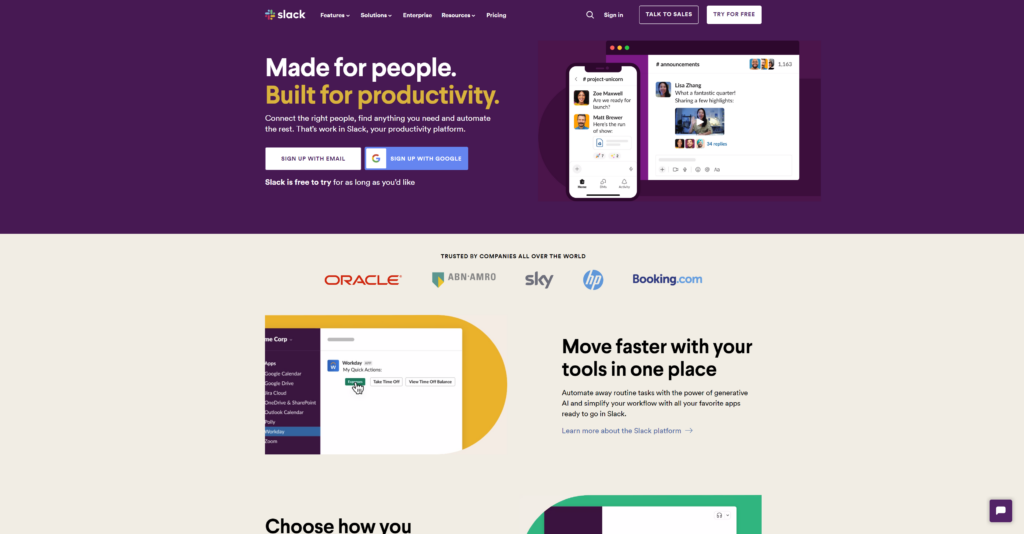
How they do it: Slack positioned itself as more than just a messaging app; it’s a collaboration hub that brings team communication and work into one place. It stands out by integrating with a multitude of other tools, offering powerful search functionalities, and focusing on reducing email overload, making it distinct from other communication tools.
Convenience-based positioning focuses on making the product easy and straightforward to use.
Companies using this strategy strive to remove barriers to adoption and usage, offering a product that saves time and effort for the user, often highlighting simplicity and ease of integration.
Example: Shopify

Shopify has positioned itself as the go-to e-commerce platform for ease of use and convenience. Users with little to no technical expertise can set up their online store quickly and manage it without the need for a web developer.
Its user-friendly interface, along with a vast array of plugins and themes, allows for a convenient setup and scaling of e-commerce businesses.
To set your product apart from the competition and attract potential customers, it’s vital to determine your Unique Value Proposition (UVP) by outlining your product’s features, benefits, and overall value.
There are two ways to discover your UVP:
Be sure to conduct a SWOT analysis (Strengths, Weaknesses, Opportunities, Threats) to identify aspects where your product excels and areas that could be improved. This analysis will help you pinpoint unique strengths to leverage against competitors.
To understand why users should choose your product, investigate their needs and challenges.
The Jobs-to-Be-Done (JTBD) framework is an excellent tool for this task.
Identify the tasks users need to complete, ranging from small tasks (e.g., writing a welcome email) to major undertakings (e.g., doubling annual recurring revenue). By focusing on problems instead of people, you can more effectively connect with your audience.
Try framing JTBD with the following structure:
“When I _____, I want to _____, so I can _____.”
This helps identify the Situation, Motivation, and Outcome.
Understanding the actual problems your product solves, as opposed to what you think it solves, is essential. Conduct customer interviews to gain insights into:
With these insights, you can remove assumptions and make more informed decisions.
To conduct customer interviews, follow these steps:
By combining the Unique Value Proposition, the Jobs-to-Be-Done framework, and customer interviews, you can better understand your product’s strengths and establish a distinctive SaaS positioning strategy.
Ultimately, strive to find the intersection between customer desires, your product offerings, and what your competition lacks.
After identifying your product’s unique features, understanding the problems it resolves, and knowing your target audience, it’s time to create your positioning statement. This statement should be concise, no more than two or three lines, and effectively communicate these three elements.
Here are some examples of effective SaaS positioning statements:
A successful positioning statement makes your SaaS product stand out in at least one of the following ways:
Once you have crafted your positioning statement, you can align all your business and marketing decisions with this central message, ensuring a well-focused and consistent approach.
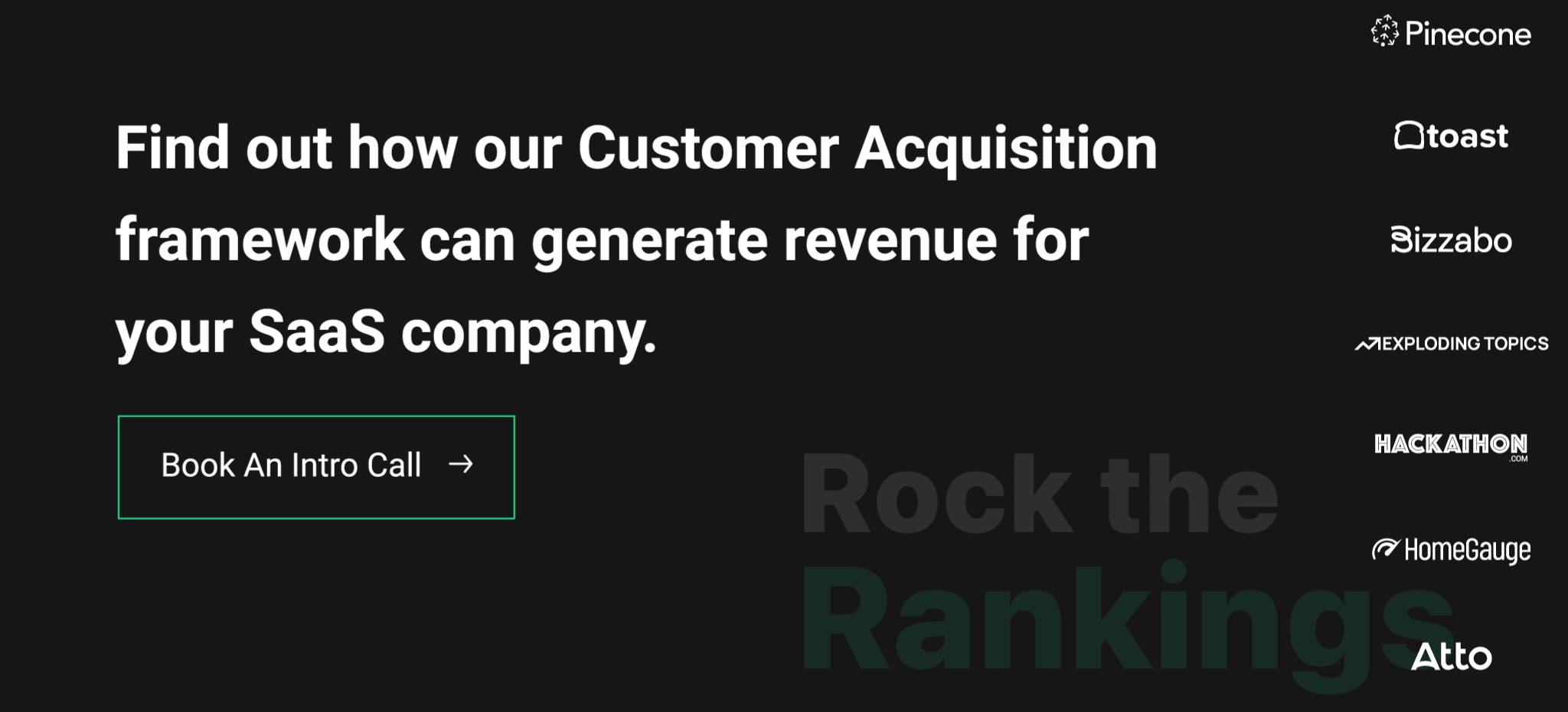
Founder of Rock The Rankings, an SEO partner that helps B2B SaaS brands crush their organic growth goals. An avid fan of tennis, and growing micro-SaaS businesses on the weekend. 2x SaaS Co-Founder – Currently working to build and scale Simple Testimonial.
Book a 1-on-1 call with our founder and walk away with a custom plan built for your business. Growth starts now.
BOOK INTRO CALL